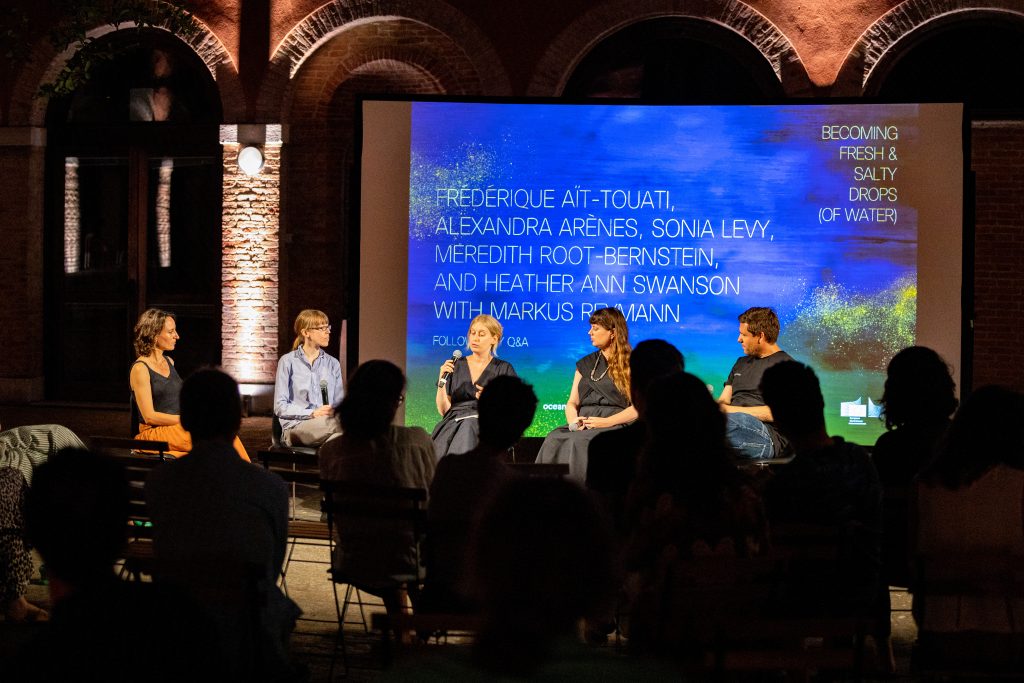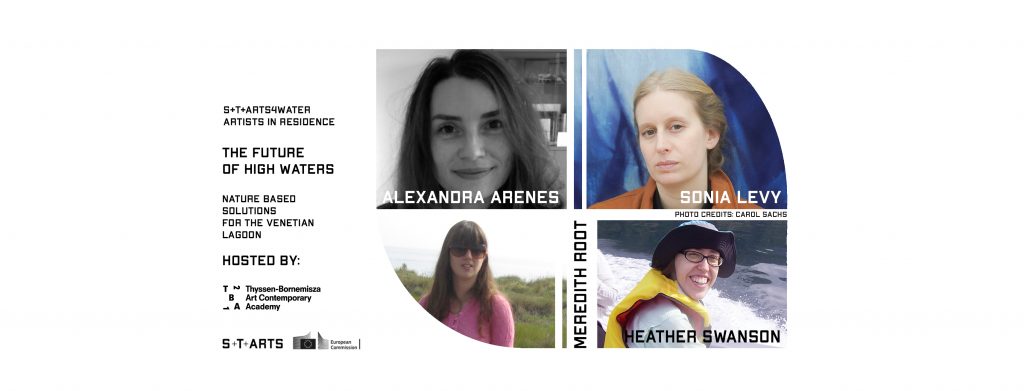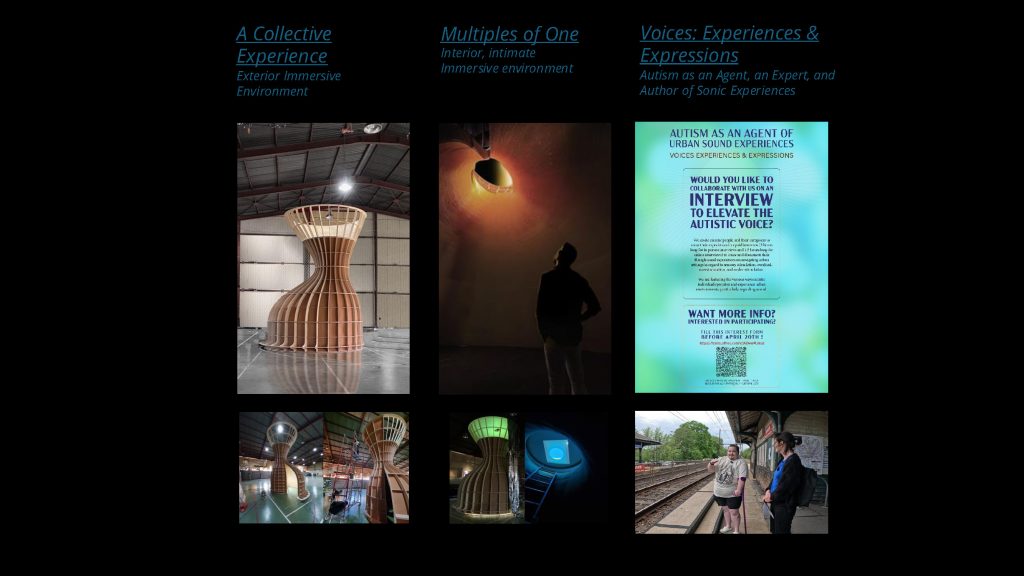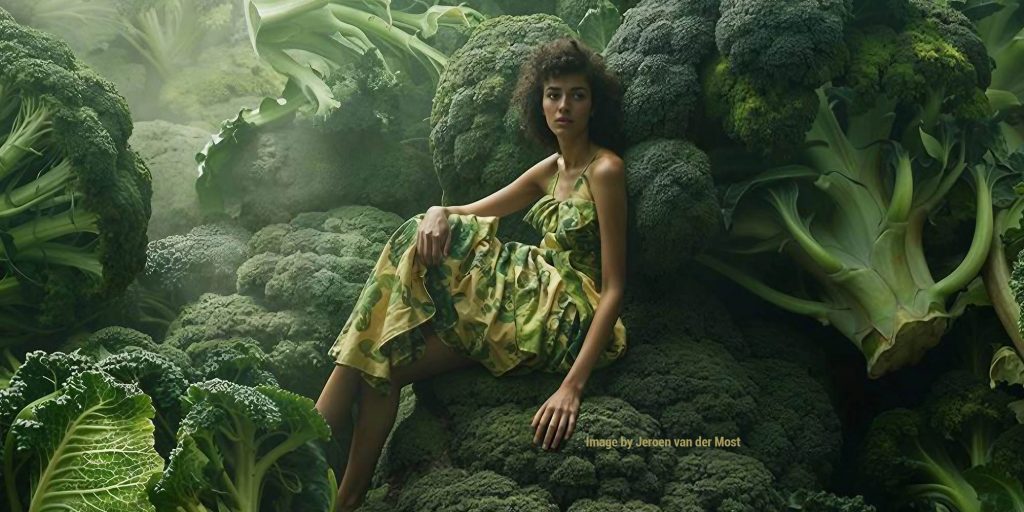In Conversation with Sonia Levy, S+T+ARTS artist in residency at TBA21 within the STARTS4Water project
When artist Sonia Levy applied for the S+T+ARTS residency in TBA21–Academy, together with ecologist Meredith Root Bernstein, anthropologist Heather Swanson and architect Alexandra Arènes, they had a clear focus. Already speculating on the project’s outcome, the group listed that their work would combine speculative cartography, sound, and moving images of saline wetlands in the lagoon, with an exploration of the practice of traditional reed craft formerly practiced in now-disappeared freshwater reedbeds. About seven months later, Levy tells us how the scope of their subject has expanded.
Group formation The desire to collaborate as a group goes back to meeting in 2015 when Levy and Arènes participated in the Experimental Programme in Political Arts under the guidance of the French philosopher Bruno Latour. As part of the program, they visited the Aarhus University Research on the Anthropocene group led by Anna Lowenhaupt Tsing, which included Root-Bernstein and Swanson. In 2021, Swanson and Levy collaborated for Creatures of the Lines, a film and research project on British canals that pathed the way for thinking about the history of western waterscape changes. ‘The S+T+ARTS residency was an opportunity to work together while broadening some of those understandings. We wanted to look at similar themes with their own situated questions and issues. As we are familiar with each other’s ways of working, we can think along with each other’s practices. We share close interests and approaches: we are passionate about noticing the materialities of the world and building from the bottom up. Working with the others challenges my reflections and makes me a better thinker,’ says Levy.
Lack of reeds Levy calls her working methods encounter-based: ‘fieldwork always shifts my perspectives, it is those experiences that will form part of the work later. It is not just the encounters with scientists or with the various people on the ground, but also the encounters with the ecologies that shape the lagoon.’ Reedbeds have largely disappeared from the area due to the historical diversion of the rivers bringing in freshwater to the lagoon, which aimed to decrease sedimentation and preserve the lagoon’s shallow depth. The encounter with Venice as a city, its history, and environmental context led to engagements with additional histories of waterscape transformations and their consequences on the Venetian lagoon. But Levy quickly adds ‘reeds are still interesting to us’. The knowledge of reed crafts and reed management dying out and being mainly confined to the Ecomuseo delle Erbe Palustri in Emilia Romagna is an example of how hydrological transformations (in this case, the draining and disappearance of wetland for agricultural use) transform certain engagements with the natural world.

Mirroring subject and logistics Levy, who is spending four months in residency in Venice, visited by the other group members for shorter periods, proceeded to film the ecologies and assemblages of the lagoon, meeting scientists to seek explanations for the current changes and issues, as well as fishermen and people living in the lagoon. Her underwater recordings are at the same time a way of researching and getting to know the lagoon, and will later form part of a film condensing the research. Boat renting in Venice has proven very expensive, which limited the number and possibilities for excursions, and filming underwater was similarly difficult. Tide, weather, wind, and boat traffic; all influence the water’s clarity. In a way, the artist had to figure out the ‘lagoon’s literacy’ for her research, subject knowledge, and artistic outcome. The history of the lagoon being shaped and transformed by humans goes back to its early settlement. Levy hopes to bring a form of ongoing plurality to the project. ‘By including less visible or less represented entities and processes that form the lagoon, we hope to question and change perspectives.’ She is not too worried about the scope of the research. ‘I think it is fine to be confronted with the complexity of a situation. It is also what I like about research, to attempt to make sense and retell that complexity.
Text: Désirée Kroep


